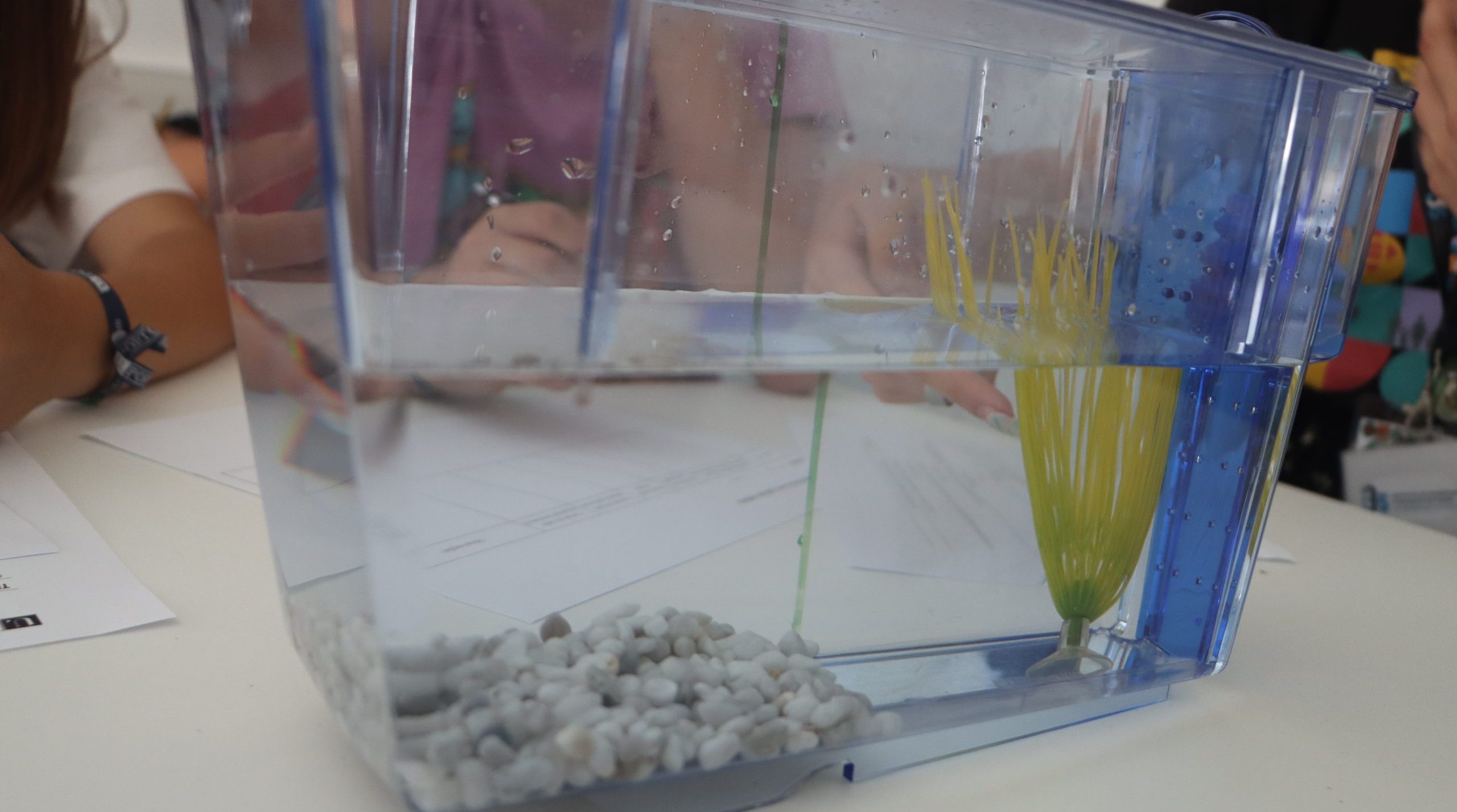3R KNOWLEDGE CENTER
i3S - Instituto de Investigação e Inovação em Saúde, Universidade do Porto
Address:
Rua Alfredo Allen, 208 4200-135 Porto, Portugal
Phone:
+351 226 074 900
Email:
3rknowledge@i3s.up.pt
The 3Rs stand for Replacement, Reduction, and Refinement.
This is a guiding principle for researchers using animals. In practice, it requires that when planning experiments, scientists should ask if the research question can be answered without using animals (Replacement), how the number of animals can be minimized (Reduction), and how the animals’ welfare can be protected (Refinement).
The order of the Rs is important. The first question is if animals can be avoided altogether, and the second (reduction) and third (refinement) questions only apply when it has been established that animals are indeed needed.


Replacement methods are those that avoid the use of animals for a specific research purpose.
Most of the time, this is achieved by using a non-animal method, such as in-vitro techniques (cell and organ cultures of different types) or in-silico (computer) modelling. Making use of tissue from animals that have been killed for a different purpose (such as slaughterhouse material) is also considered Replacement.
Reduction means that fewer animals are used.
This can be achieved by implementing more replacement methods so that animals are only used in a smaller proportion of the research. Sometimes it is possible to reduce the number of animals within a single experiment, such as when the use of imaging techniques makes it possible to follow processes in the same animal over time, rather than having to kill a group of animals at each time point.


Refinement means that the negative impact of animals used in research is minimized.
This can be achieved by housing the animals in ways that are better adapted to their biology (often referred to as environmental enrichment), using non-invasive ways to administer substances or obtain measurements, appropriate use of pain control, etc.
The 3Rs principle was first presented in 1959 by two British scientists, William Russell, and Rex Burch. You can read the original text of their book The Principles of Humane Experimental Technique here. But it took several decades before the 3Rs became widely known and applied. Today, they are considered an essential guiding principle for planning experiments.
In the European Union, applying the 3Rs is a legal obligation through Directive 2010/63/EU. The law brings important emphasis to the principle, but its implementation depends ultimately on the culture of the community where animals are used. 3R centers play an important role in promoting the 3Rs in various ways.